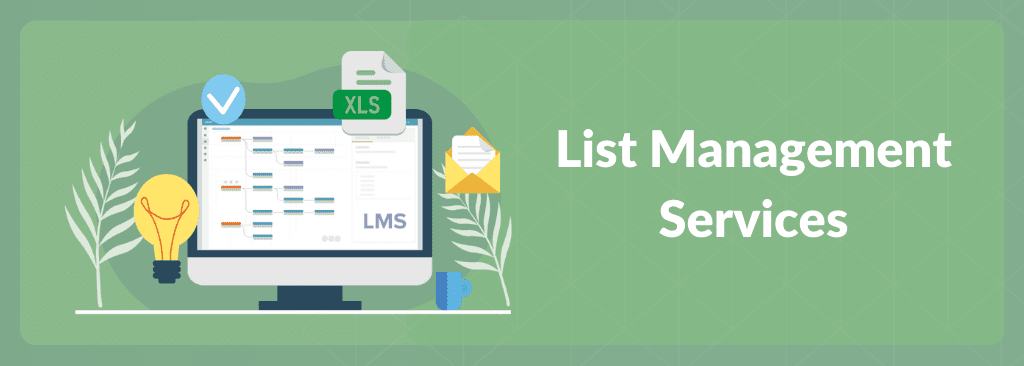How Data Management Services Power Modern Contact Centers
Often, I get asked how you mine data in your contact center platform.
Is there a single way to do it?
I don’t think so. In our case, we use voice analytics solution to slice and dice the data into actionable information. We use business intelligence and analytics to make sense of the data. Besides, we use data management services in contact center platform to use the actionable information to achieve the objectives of the business case.
Let us take the use case of lead generation to make sense of what we are talking about here.
What Are the Different Sources of Leads?
Inbound Route
There are multiple scenarios here. Let me explain.
A prospect visits your website, looks at your offerings and case studies, and is impressed with what he sees there. The prospect wants to explore if the same will work for his business. He fills up the call to action form on your website, and it gets sent to you as a prospective lead.
A prospect visits a content syndication site, where he downloads the whitepaper you have written. He provides his contact information while downloading. This contact information gets sent to you as a prospective lead.
Someone in a casual conversation talks about the exceptional service they received from your organization. One of those listening identifies himself with the problem statement mentioned and asks for your contact details. He calls your salesperson directly and says he wants to explore your solution.
One of the prospects visits a comparison site where your product details are mentioned vis-à-vis other products. The prospect likes what he sees there and decides to explore your offering.
He writes you an email to see possibilities.
An existing customer reaches your customer support for a specific query, and you understand they can use other products in your bouquet of offerings. You pass this information to your inside sales as a prospect for additional revenues from an existing customer.
Outbound Route
You send out a mailer campaign to a curated email list. You get responses to your campaign.
You run ad campaigns on Google and Social channels, and people engage with your ads and provide their basic information.
You attend an industry event, and you collect information about all the footfalls of your stall.
You send an automated voice message to a curated list of your offerings and capture the information of those who respond to the message.
Now you have a bunch of leads from different sources.
What Do You Do With Leads?
We have data points from different sources. Customers are at various stages of the lifecycle.
They would fall under cold, warm, and hot leads. How do you segregate this information?
This is where a tool like List Management Service (LMS) comes in handy.
How Does Data Management Service Work?
Our Data Management helps you massage and mine the data from various sources. You can sort, filter, review, and enrich the data and make it actionable for your stakeholder.
Cold Leads
For instance, any content you get from a content syndication site, footfalls at your stall, social engagements, and comparison sites can be categorized as cold leads.
This data needs to be sorted and enriched before it makes sense for your organization. Your inside sales would have to nurture these leads by guiding them through the customer life cycle in CRM to identify opportunities and align them with relevant solutions. Then they qualify it as an opportunity before passing it to your sales.
Every interaction enriches the data and moves it a delta towards the sale or a relationship. The LMS effectively captures this.
Of all the data you receive from different sources, LMS would assign low priority to this data, as the cycle time to nurture them is longer, and the success rates are relatively low.
Warm/Hot Leads
Any data from the website, customer referrals, customer support, email campaigns, and automated voice responses qualify as warm leads.
LMS would assign higher priority to these – identify the lead source, dissect all the customer interactions, and add any other intelligence available in the CRM to help inside sales have better conversations and move the lead towards a deal or a relationship.
Data sources are getting diverse, and a lot of intelligence is buried in them. However, you need to slice and dice your data, or rather sort, filter, review, enrich, and prioritize, before it can provide you with actionable information.
Our LMS makes interacting with your data very easy. You can write your own rules to extract the data you need. It functions as a central repository – a connection point for all outside inputs and allows intelligence engines to draw upon it for advanced decision processing.
Besides, you don’t have to spend enormous time preparing your data – copying from one location to another or manipulating data. Our LMS automates all of this and helps simplify data management and business processes.
LMS helps you interact with your data in real-time and deploy contact center omnichannel capabilities while saving time and money.
